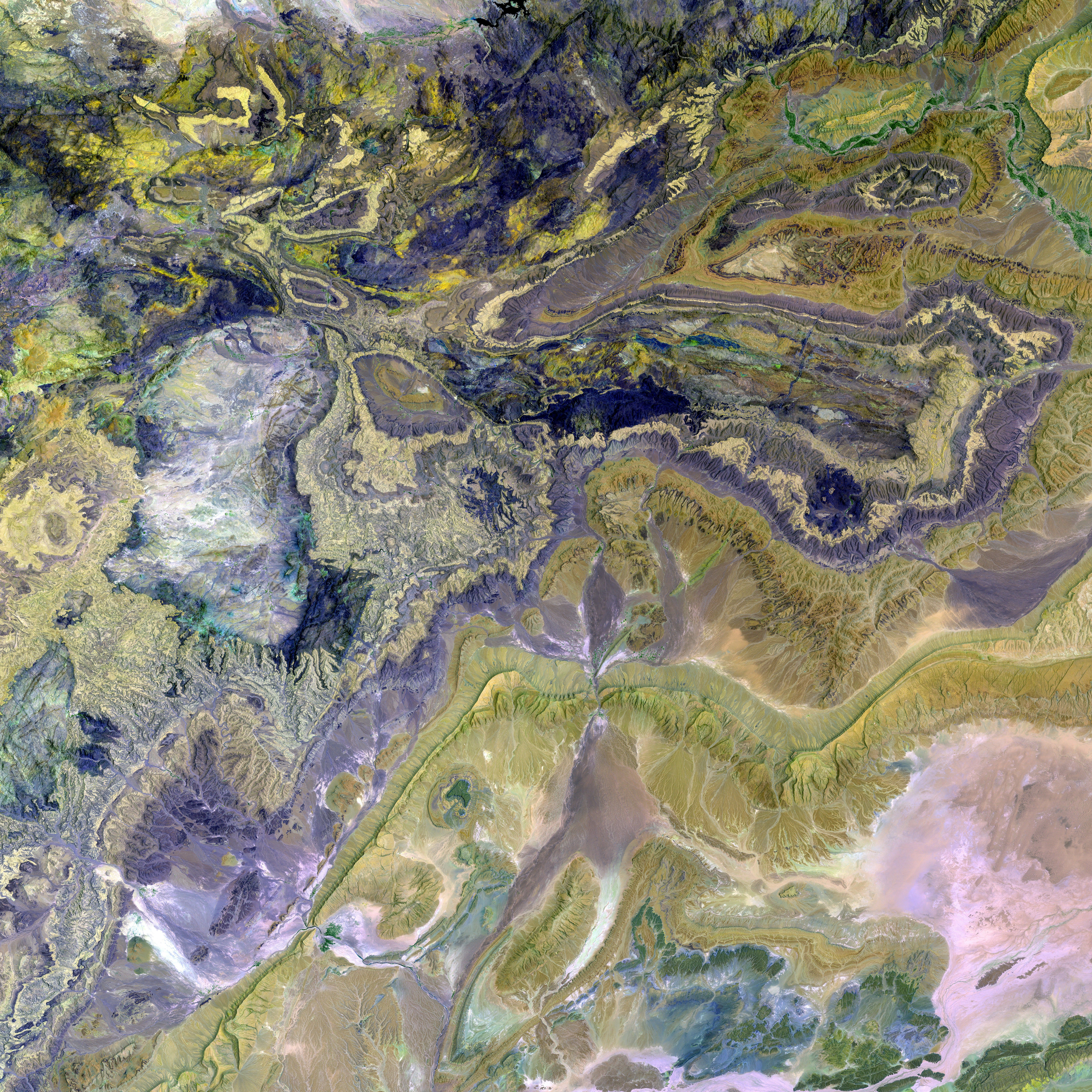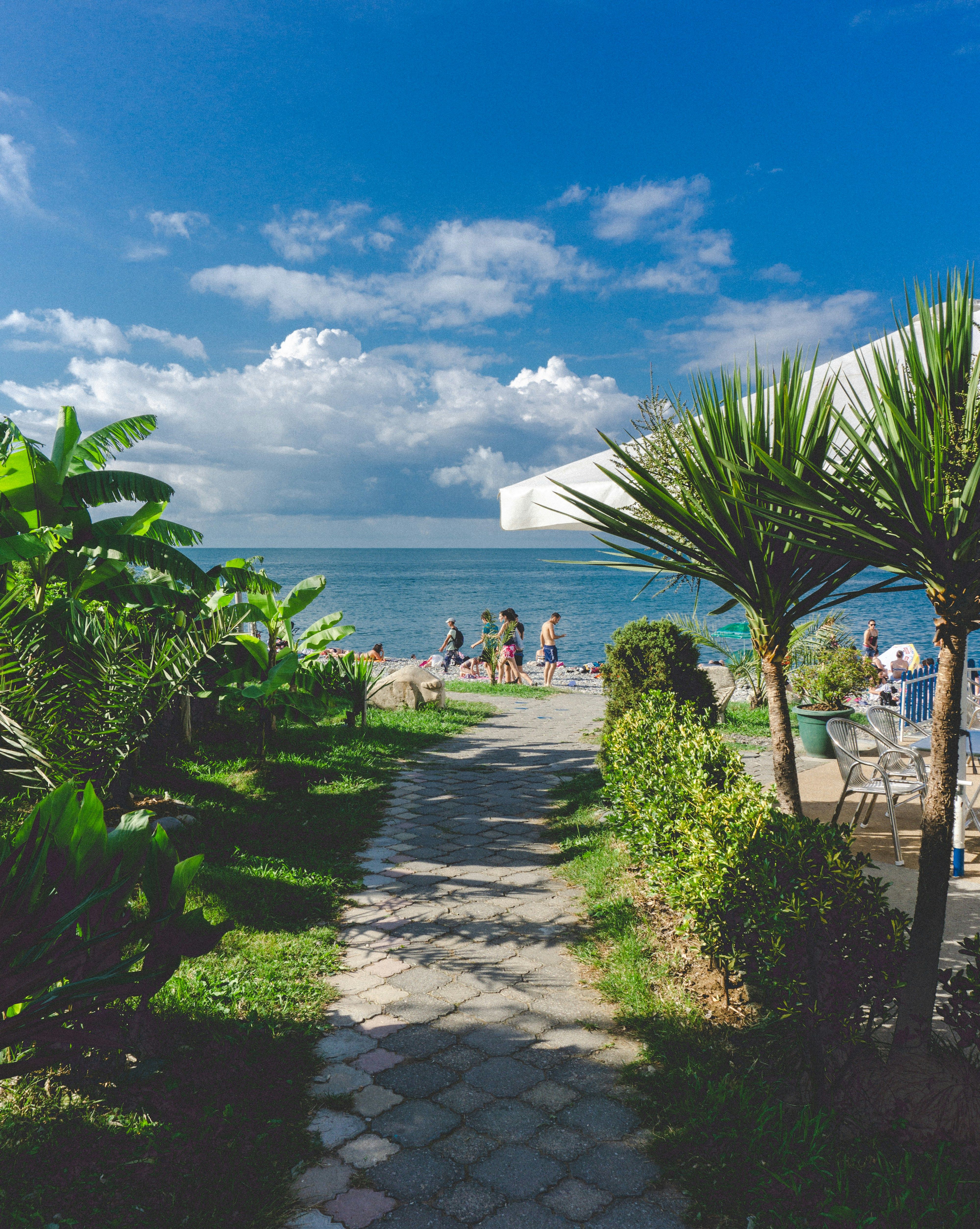Alternative Energy: Unexplored Energy Resources for Power Generation
It's crunch time for Europe, especially Germany, as they scramble to reshape their energy supply away from Russia's political grasp. The heated debate swirling around Germany these days revolves around extending the lifespan of their three remaining nuclear power plants. However, these reactors, Emsland, Neckarwestheim 2, and Isar 2, only produced a mere six percent of the electricity needed in the country. Gas-fired power plants accounted for a more significant thirteen percent, but a majority of natural gas is used for heating buildings and industrial production.
As of July, Germany's gas storage facilities were a relatively decent 66.8 percent full, aiming for a target of 90 percent by November 1st. Whether this is enough to sustain them through the winter remains uncertain. To get through the winter positively, it's essential that Russia aids in delivering at least twenty percent of the agreed-upon quantities. Nevertheless, Putin has proven to use gas supplies as a political weapon, and there's always the risk that he might sway the numbers again.
No one has been as dependent on Russian pipeline gas as Germany, with almost half of its total gas imports coming from the country, and a whopping 45 percent in the EU. A simple substitution by alternative energies isn't feasible in the short term due to slow expansion rates of renewables and renewables' inability to generate baseload power during periods of low wind or no sunlight. Even if the three still operational nuclear power plants in Germany were to remain on the grid beyond 2022, they would only minimally bridge the foreseeable energy gap.
On the other hand, France's energy situation is fundamentally different. With 56 nuclear power plants producing around seventy percent of the electricity they need, France often exported nuclear power to Germany in the past. However, due to routine maintenance work, inspections, and shutdowns due to small cracks in the pipework of the emergency cooling systems, France is now importing electricity.
Liquefied Natural Gas (LNG) is being hailed as a stopgap in the European energy mix during this crisis. LNG is cooled to minus 162 degrees and then transported by specialized LNG tankers. Upon arrival at the port, the LNG is heated, reverts to gas form, and can be fed into the pipeline network, provided there is the appropriate infrastructure. Unfortunately, this isn't yet the case in Germany.
But, work is underway on building LNG terminals for unloading liquefied natural gas. Two are set to be constructed as soon as possible in Wilhelmshaven and Brunsbüttel. Further LNG terminals are in discussions in Stade and Rostock. Germany has already secured four specialized ships for ten years, with two being chartered by struggling gas supplier Uniper and two by a consortium of RWE and the Dutch pipeline operator Gasunie. One ship is expected to dock in Wilhelmshaven, and another in Brunsbüttel, where it will serve as a floating LNG terminal for unloading gas supplies. LNG could also be discharged at terminals in the Dutch Gat and Belgian Zeebrugge and flow through the existing pipeline system to Germany. France has also offered its assistance, with four LNG terminals already in place. Previously, Russian pipeline gas flowed through Germany to France, but it could now move in the opposite direction.
With the need being most pressing in Germany, other European countries are also in dire need of more liquefied gas to keep industry production running and prevent people from freezing during the winter. LNG isn't only sought after in Europe. Especially in Asia, this fossil energy resource is highly coveted. Last year alone, China accounted for 21 percent of the global supply. No other country has increased its demand for LNG as much as China in recent years.
On the list of the world's largest LNG exporters, Australia barely edged out Qatar with 20.9 percent to 20.7 percent. However, production in the Arab country has grown significantly more in recent years. The United States ranked third among the largest providers. Russia, which was still in fourth place among the world's largest exporters in 2021, is aiming to further increase its exports. Instead of supplying pipeline gas to Europe, Moscow wants to ship more liquefied gas to Asia, where there is only one pipeline to China at present.
For investors, there are various ways to invest in this energy resource. There are different ETFs and ETCs that cater to the price of natural gas, although they can be volatile. Investors might prefer to bet on the stocks of producers, transporters of LNG, and companies that build the infrastructure.
One Greek shipowner controls a fifth of the global shipping capacity for LNG transport. Dynagas operates a fleet of six LNG tankers, which are chartered out on a long-term basis. Caution: The stock is quite illiquid in Germany. Set a limit.
Equinor, based in Norway, is a significant player in both natural gas and the field of alternative energies, aiming to be climate-neutral by 2050. Cheniere, headquartered in Texas, is the largest LNG producer in the U.S. Cheniere mines two reserves off the American Gulf coast and operates an LNG export terminal with six liquefaction facilities, originally planned for import. The company covers the entire LNG value chain, and its stock price has doubled in a year.
- To address Europe's energy crisis, particularly Germany's, plans are underway to build LNG terminals in Wilhelmshaven and Brunsbüttel, with potential additional terminals in Stade and Rostock.
- LNG, when delivered to Zeebrugge, could be transmitted to Germany through the existing pipeline system, helping to meet the region's energy needs.
- Aside from Europe, Asia has a high demand for LNG, with China accounting for 21% of global LNG supply in the previous year alone.
- For those interested in investing in LNG, various ETFs and ETCs related to natural gas prices are available, while investors may also prefer investing in stocks of LNG producers, transporters, and infrastructure builders.








